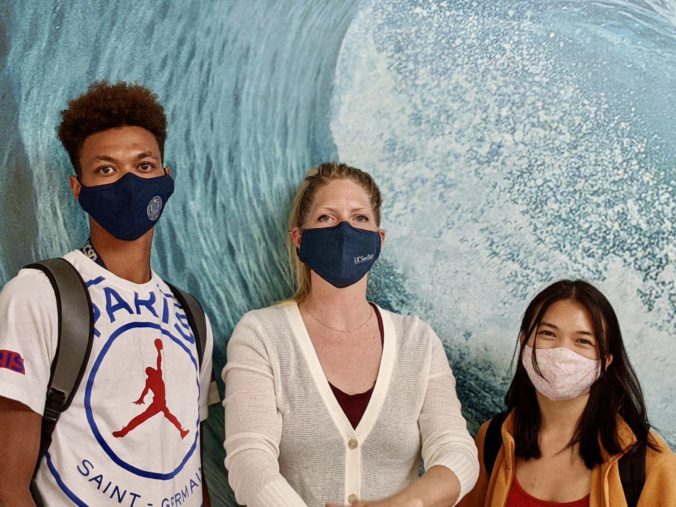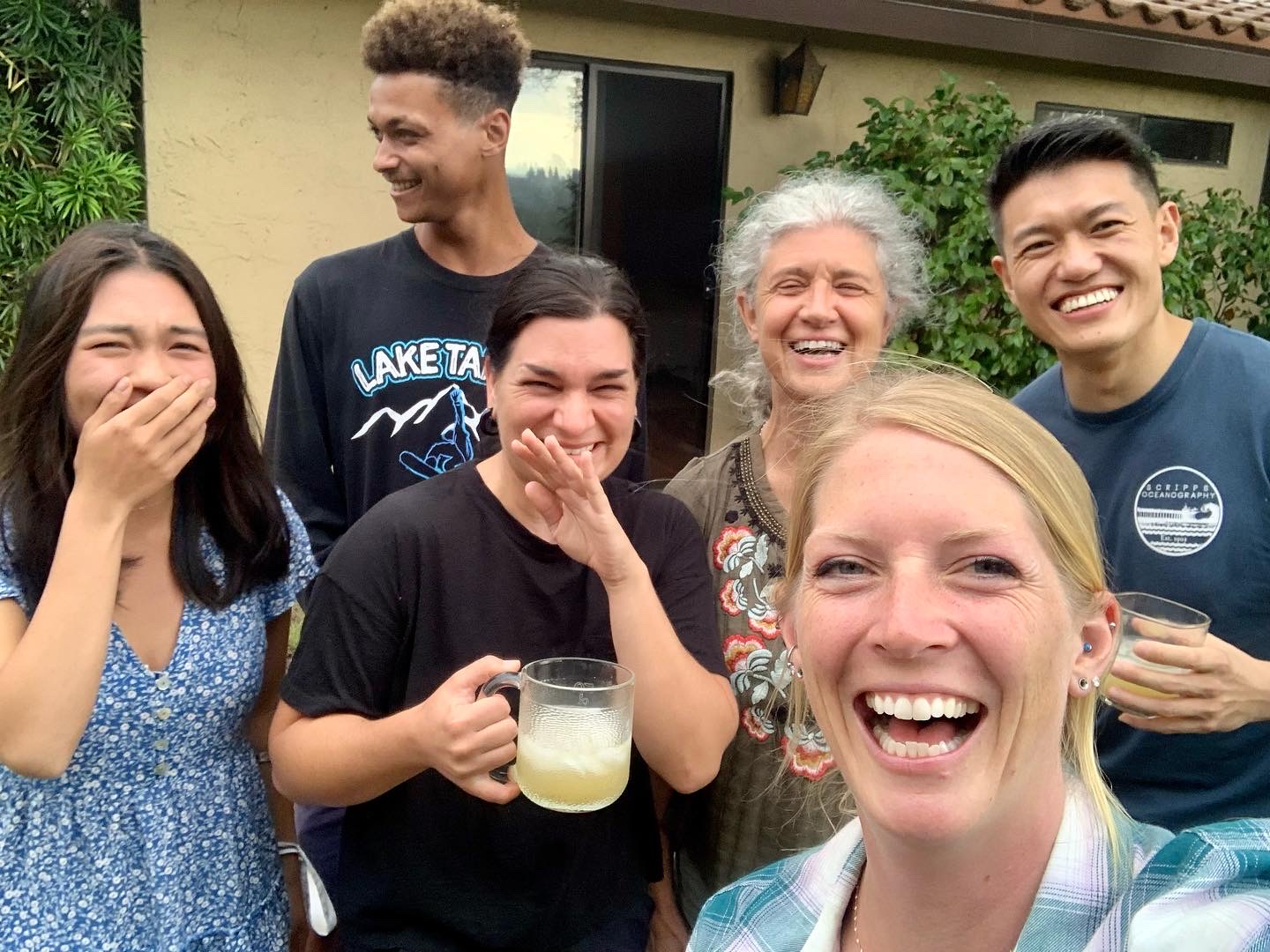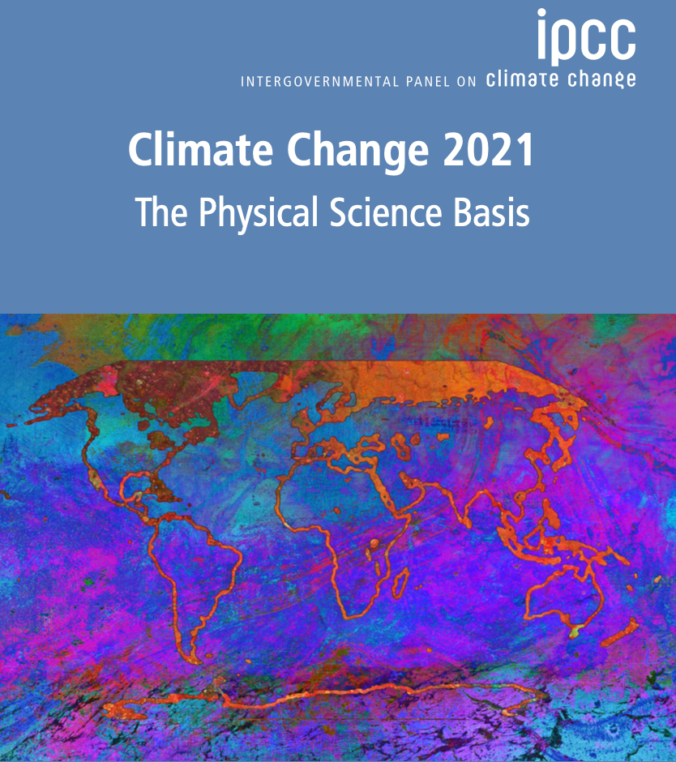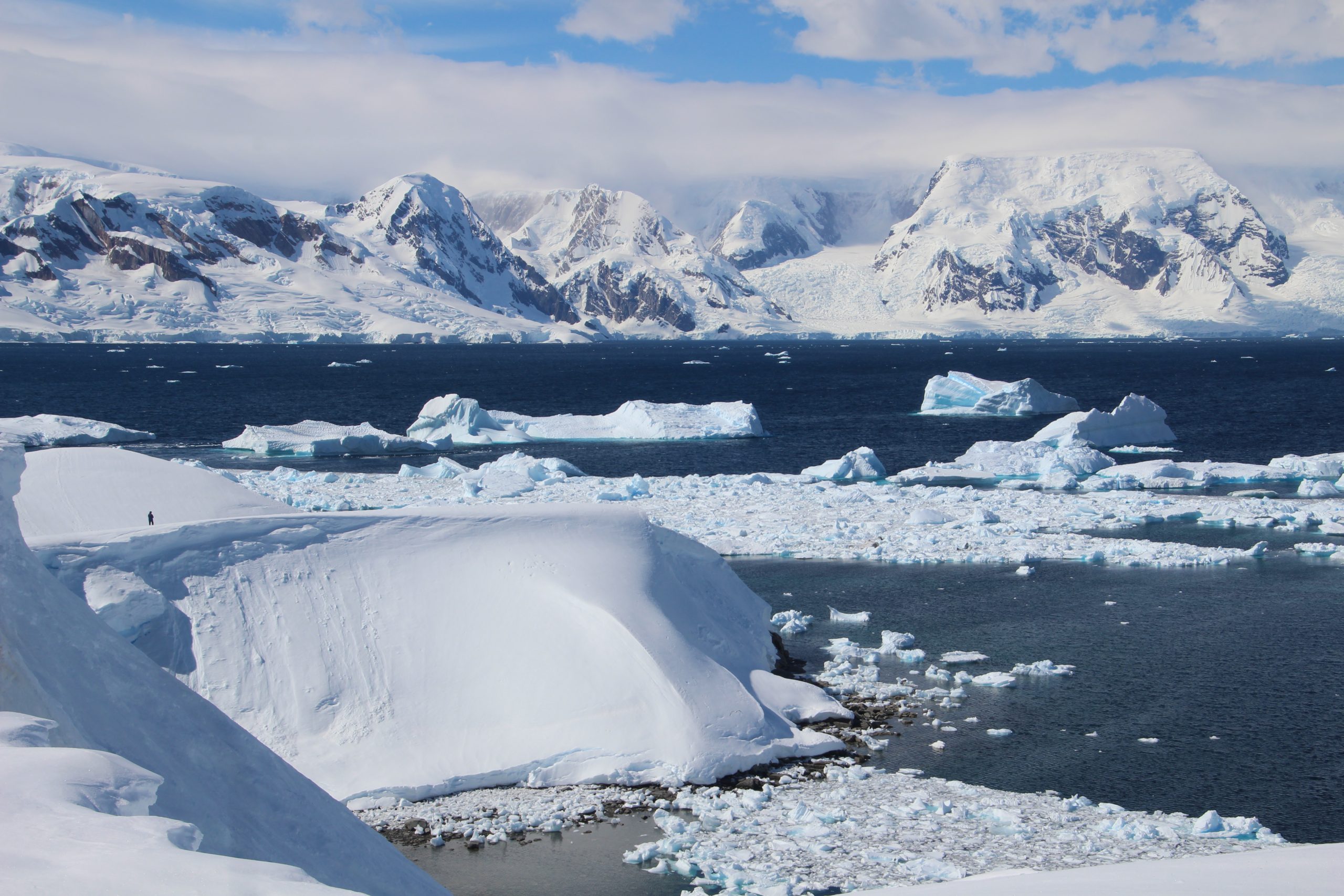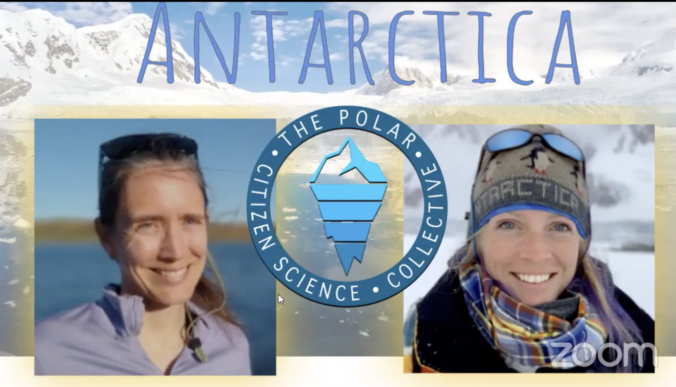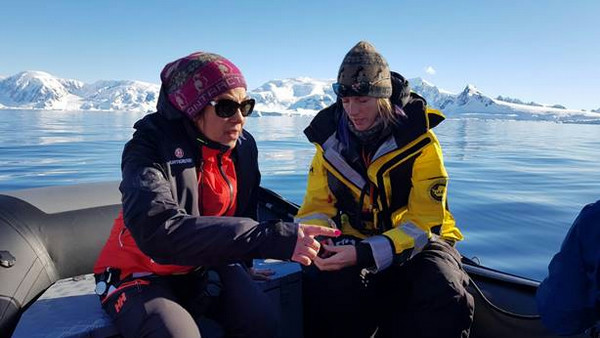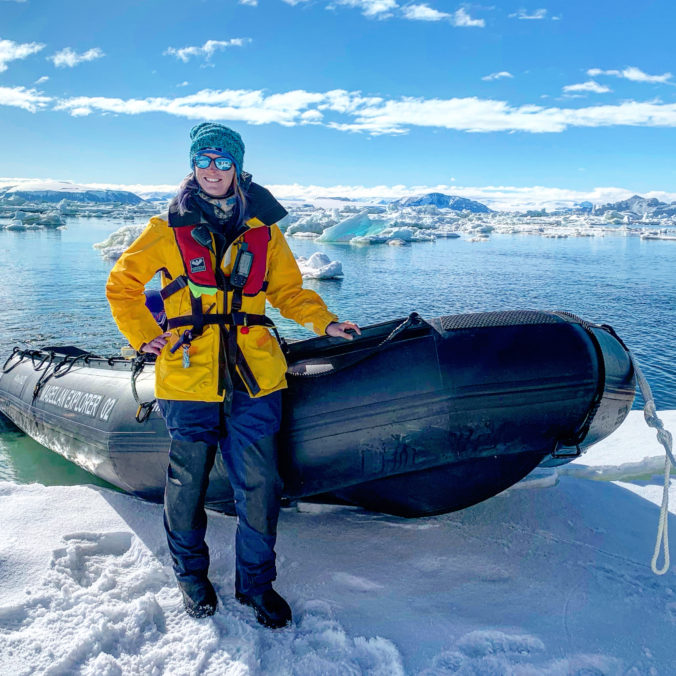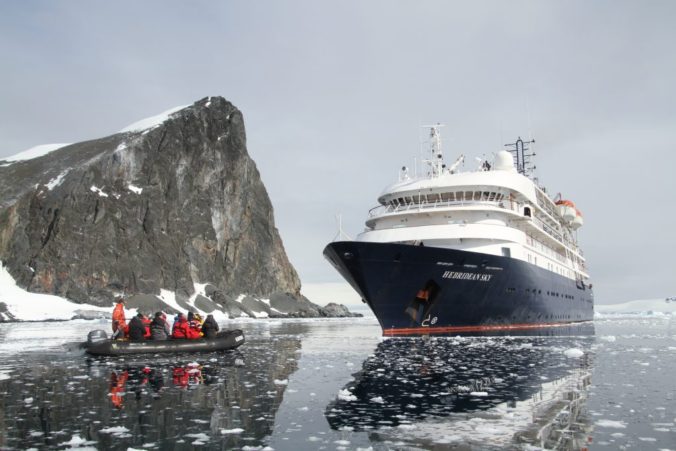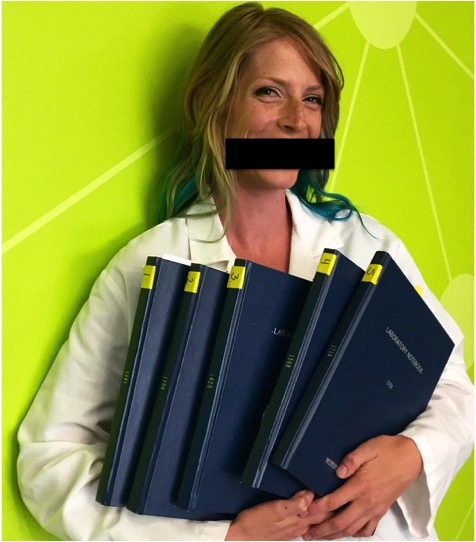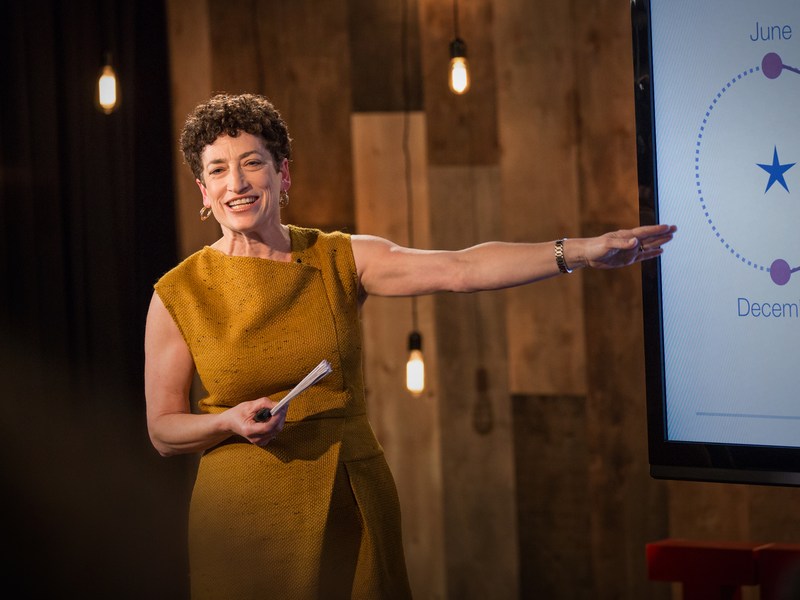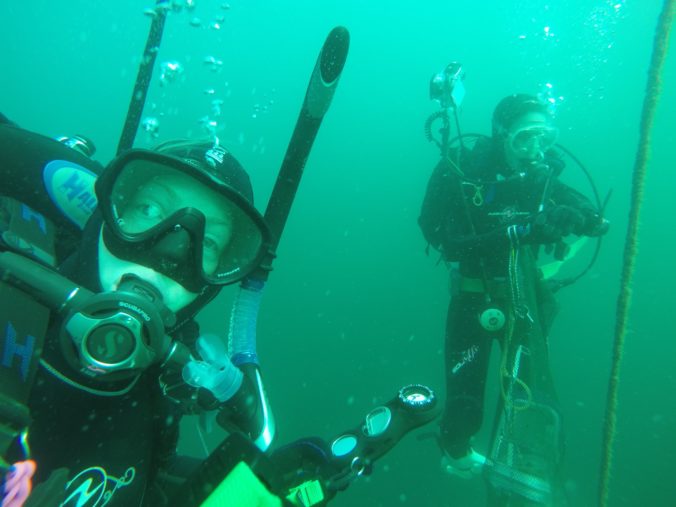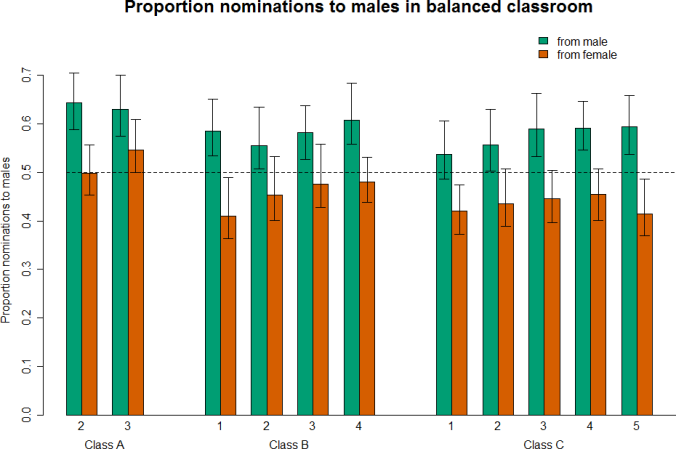This post was originally written for the Antarctic Southern Ocean Coalition (ASOC) blog 9 April 2024. You can read the original post here.
Inhospitable: a word invented to describe places unknown – places where people are not welcome and shouldn’t dare to go. And yes, seeking out the unknown is an innate part of the human spirit. Through discovery of new, sometimes dangerous places, we explore our deepest desires, fears, and aspirations. Antarctica is inhospitable. It’s also a place where, for the last ten years, I have had the opportunity to visit and discover more about myself than ever anticipated, testing my drive and learning how to thrive.
When I first learned about Antarctica, it was through stories about explorers trying to get to the South Pole: Roald Amundsen, Robert Falcon Scott, and Ernest Shackleton. While I found these stories intriguing, they never personally resonated with me. My idea of Antarctica was not based on people, but built on the image of a tough harsh environment (true), a lonely landscape (somewhat true), and a flat expanse of nothingness (not true on the coast or peninsula). If I’m being honest, the fact that all of the stories were about men was probably part of the problem too. I couldn’t see myself in that history. I wondered why anyone would be compelled to go to such a desolate place. I hadn’t yet considered the many gifts hiding on the cold, isolated continent.
Growing up, I always wanted to be an astronaut (I still do). Exploring the furthest reaches humans could go had, and still has, deep personal appeal. I had not yet considered becoming a scientist working on the continent, but I knew that most astronauts held degrees in STEM. I pursued a Bachelor’s degree at the University of Washington in Biology and minored in Earth and Space Sciences, all the while keeping Antarctica tucked in the back of my mind to visit some day. Then, in 2013, I was serendipitously invited by my boss to go on an icebreaker to the Ross Sea for a 53-day expedition TRacing Algal Carbon Export in the Ross Sea (TRACERS) as a model system. I had no training in oceanography and had never been to sea, but I leaped at the opportunity to learn as much as I could, as fast as I could.
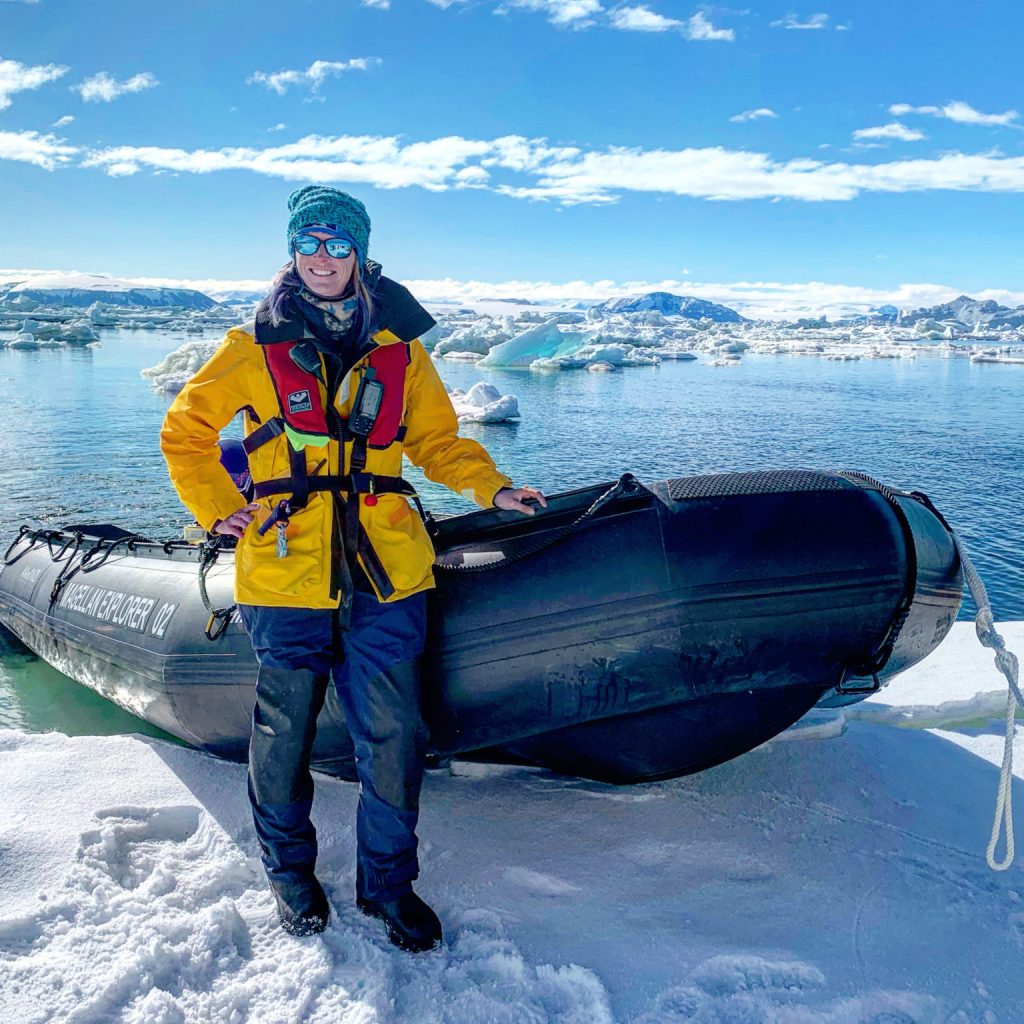
On the expedition, I met a woman named Cassandra Brooks. While working on her PhD to find the larval stage of the Antarctic toothfish, she was also advocating for a policy to establish the Ross Sea Marine Protected Area (now the world’s largest MPA). Her work opened up my eyes. I realized you could do more with science than just run experiments in the lab, publish papers, or teach. I wanted to do something big like Cassandra.
Inspired, I sought a Masters degree in Marine Biodiversity & Conservation at Scripps Institution of Oceanography, UC San Diego. Through the yearlong program, I found a kindred spirit and advisor, Dr. Maria Vernet. Together with Polar Expedition Guides, we brainstormed how we could pursue scientific questions while engaging the tourism community. We wanted to know more about how melting glaciers influence the base of the food web, and we wanted to get as many people as possible involved and ignite enthusiasm and care for this amazing place.
After a year of development, we launched the FjordPhyto Citizen Science Program. We got the program running with a National Science Foundation Public Participation in STEM Research grant and were eventually awarded a grant from the NASA Citizen Science for Earth Systems Program. As this funding comes to a close, I’ve started an entrepreneurship program called Start Blue at Scripps Institution of Oceanography with my colleagues Christian Johnson and Dr. Martina Mascioni, to innovate a new way of sustainably growing the program so it thrives.
Today, I’ve spent more than 300 days working in Antarctica, and I have more trips scheduled for later this year. Even though many have come before me, I like to think of myself as a pioneer. In a way I am. In The Storied Ice, a comprehensive book chronicling many of the early Antarctic expeditions, you can read all about the early (male) pioneers. Men have been to the continent for nearly 200 years, but what about the women’s journey? Many early women-visitors were captains’ wives or stowaways. The first female scientist working in Antarctica was in 1955 Professor Maria Klenova, a Russian Marine Geologist. The first all-women’s research team from the USA to work at the south pole was led by Dr. Lois Jones in 1969. It’s not that women didn’t want the opportunity to see the unexplored continent – we just weren’t allowed. Take the expedition of Rear Admiral Richard Evelyn Byrd, for example. Admiral Byrd was a polar explorer, aviator, and officer for the US Navy from 1925–1957. He led seven expeditions to the Arctic and Antarctic. Not a single one of those expeditions included women. His files contain letters from women who were qualified, but they were rejected solely on the basis of sex. Many snippets of these letters are public: “I am very strong for a girl and can stand most anything, I do not catch cold easily, I have never fainted in my life, I am five feet five inches and weight is one hundred and thirty pounds,” one said. Another directly questioned the gender bias, “I know this letter sounds hectic, but tell me, why, simply because we are females, must we be banned from worthwhile achievements?”
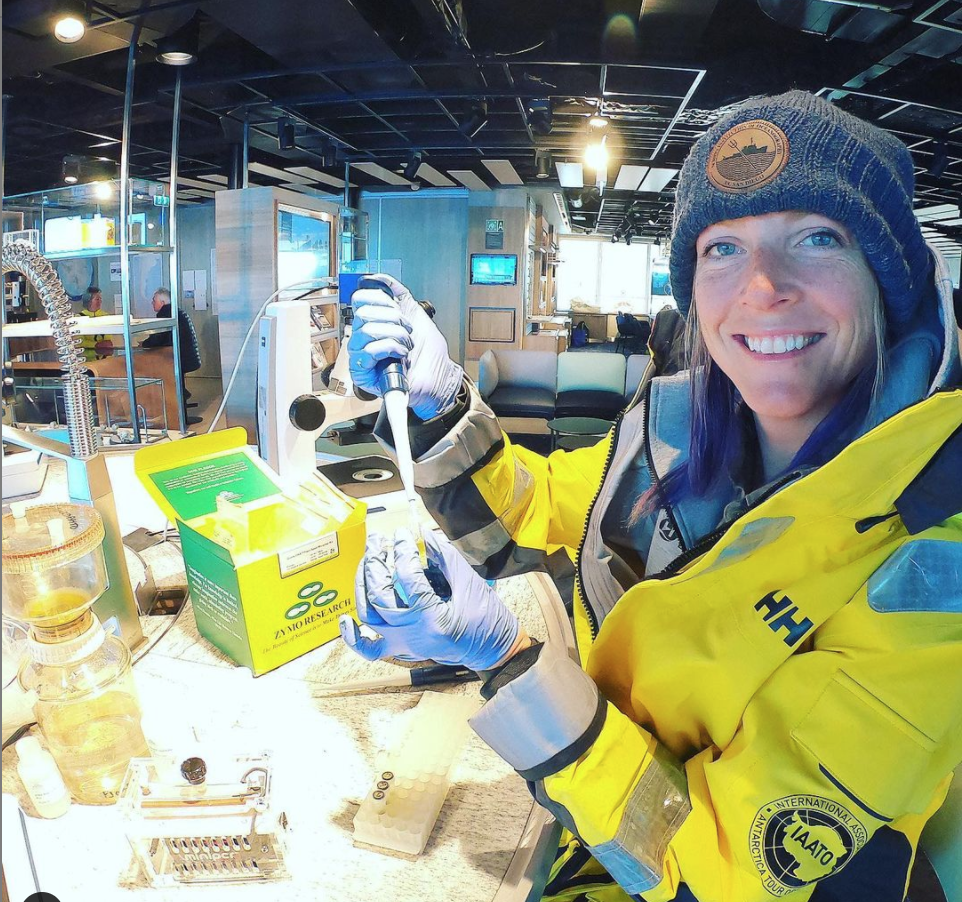
I met two of the original women on Dr. Lois Jones’s expedition, Terry Terrel and Eileen McSaveney. I asked them what stood out to them about their time then and our time now. They said so much has changed in 50 years. Women now are being put into leadership positions, and Antarctica has opened to women working on the continent. Their pioneering spirit opened doors for people like me. I cannot imagine the huge burden they carried, being the first women to enter the man’s realm. They had to prove their value, prove their competency, prove their worth.
I still feel that I need to prove myself. Disparity in gender and women in the workplace still exists, especially in STEM. Women still carry the social expectation of housekeeping and child rearing, while also pursuing careers. I feel like I – like many women – have to pick between a career and a family. I wish we could just expect that we could have both. Men certainly can. I’ve spent years trying to learn how to balance my own negative encounters of bullying, harassment, and objectification with how I think I show up in the world. I’ve had to stand up for myself through complicated power and gender dynamics. I will continue to do so because I want to change the system for the better for the next generation. I refuse to let gender define me or separate me from my colleagues and limit my potential. Instead, I use it as a source of strength, drawing inspiration from the trailblazing women who have paved the way before me.
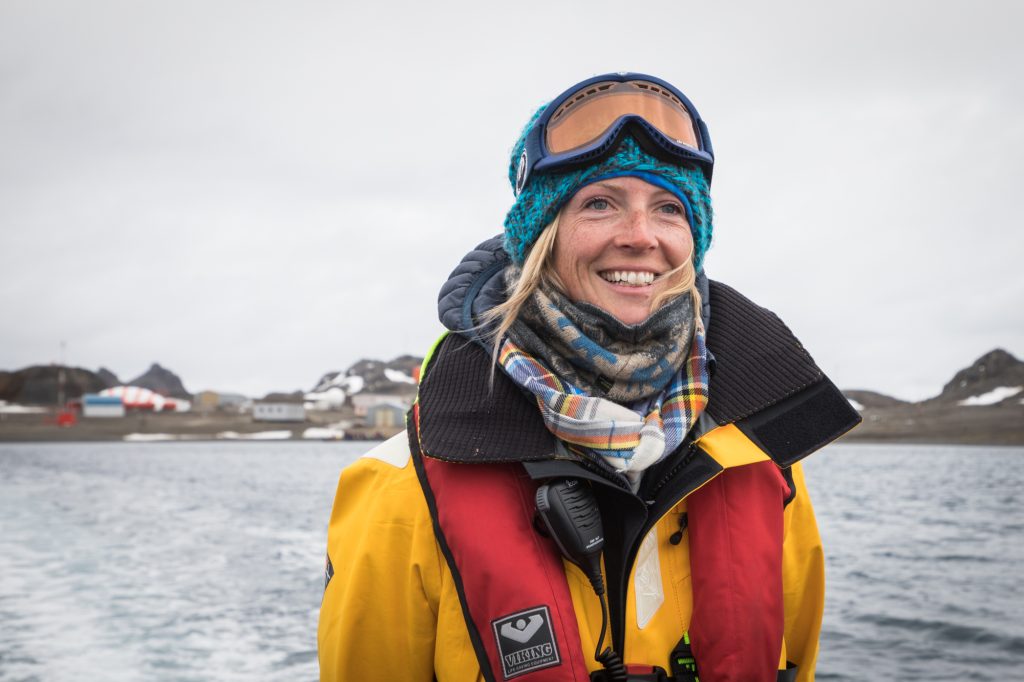
In Antarctica, every day brings new discoveries and unexpected challenges. Whether braving hurricane force winds to collect samples, analyzing data in a makeshift laboratory, talking with travelers about their experiences on board expedition vessels or collaborating with colleagues from around the world, each experience fuels my passion for exploration and discovery. I love learning about the edges of our knowledge and then figuring out ways to find answers through creative collaborative efforts.
One of the most rewarding aspects of my work in Antarctica is the opportunity to inspire the next generation of scientists. At first I started logging my own adventurous science stories on www.womanscientist.com (@womanscientist). Then I started sharing examples of other women I learned about. My colleague Martina and I work with the NASA OCEANOS team to bring polar science to students in Puerto Rico, inspiring them toward marine sciences and seeing how Antarctica is connected globally and to the tropics. By sharing my experiences and encouraging young scientists to pursue their passions, I hope to break down barriers and foster a more inclusive and diverse scientific community. After all, the future of science depends on the contributions of everyone working together to solve the complex challenges facing our planet.
For me, working in Antarctica is not just a job—it’s a calling. It’s an opportunity to push the boundaries of knowledge, defy expectations, explore the human spirit, and leave a lasting impact on the world. I’m thankful for the first people who explored Antarctica and for the women who have gone before. By embracing the challenges, celebrating the victories, and inspiring others along the way, I am proud to be part of a legacy of women who have made their mark on Antarctica and beyond.
Share this: